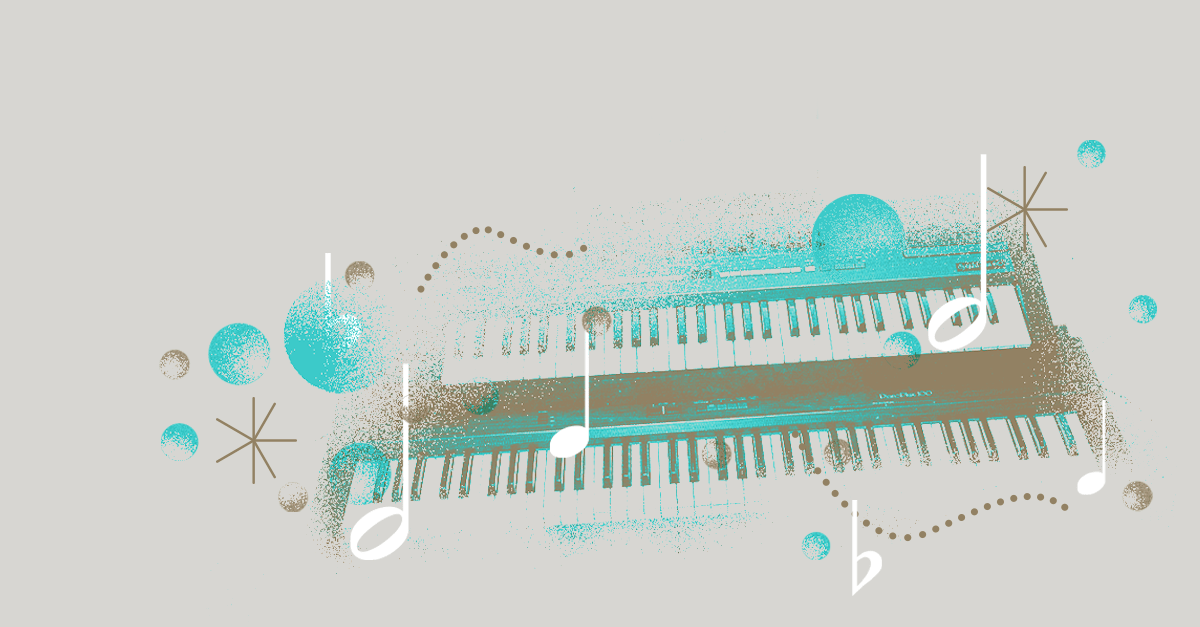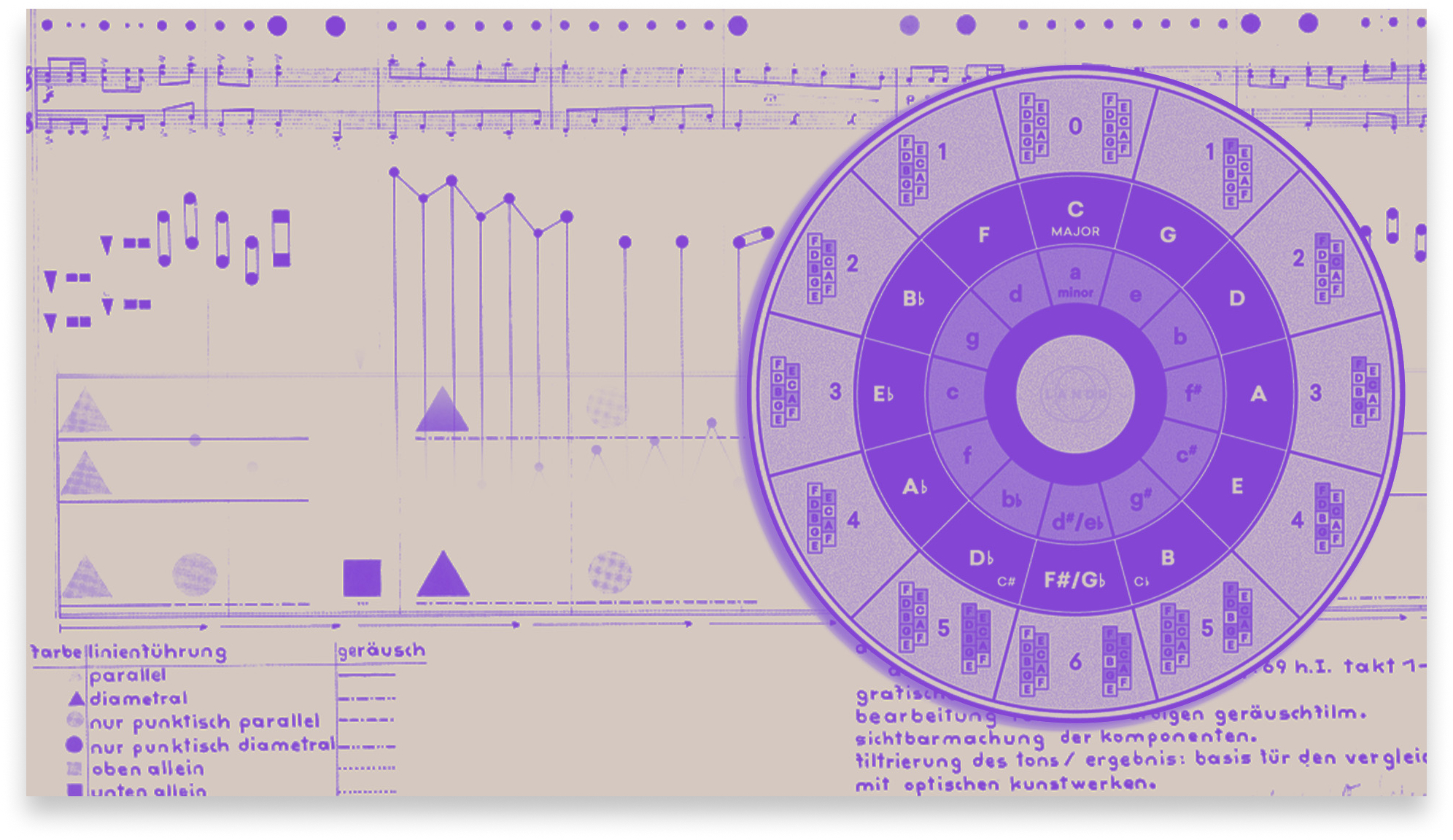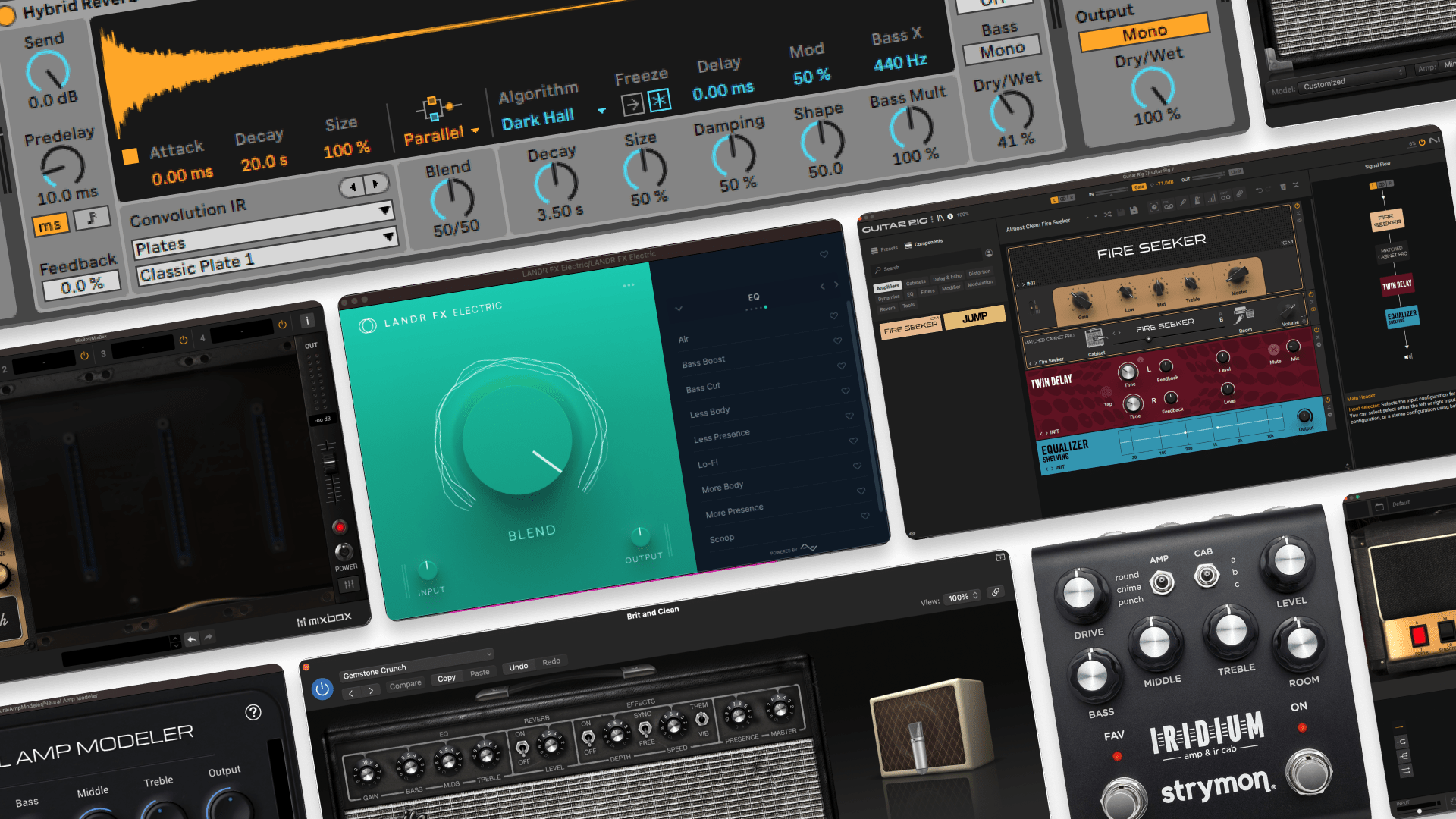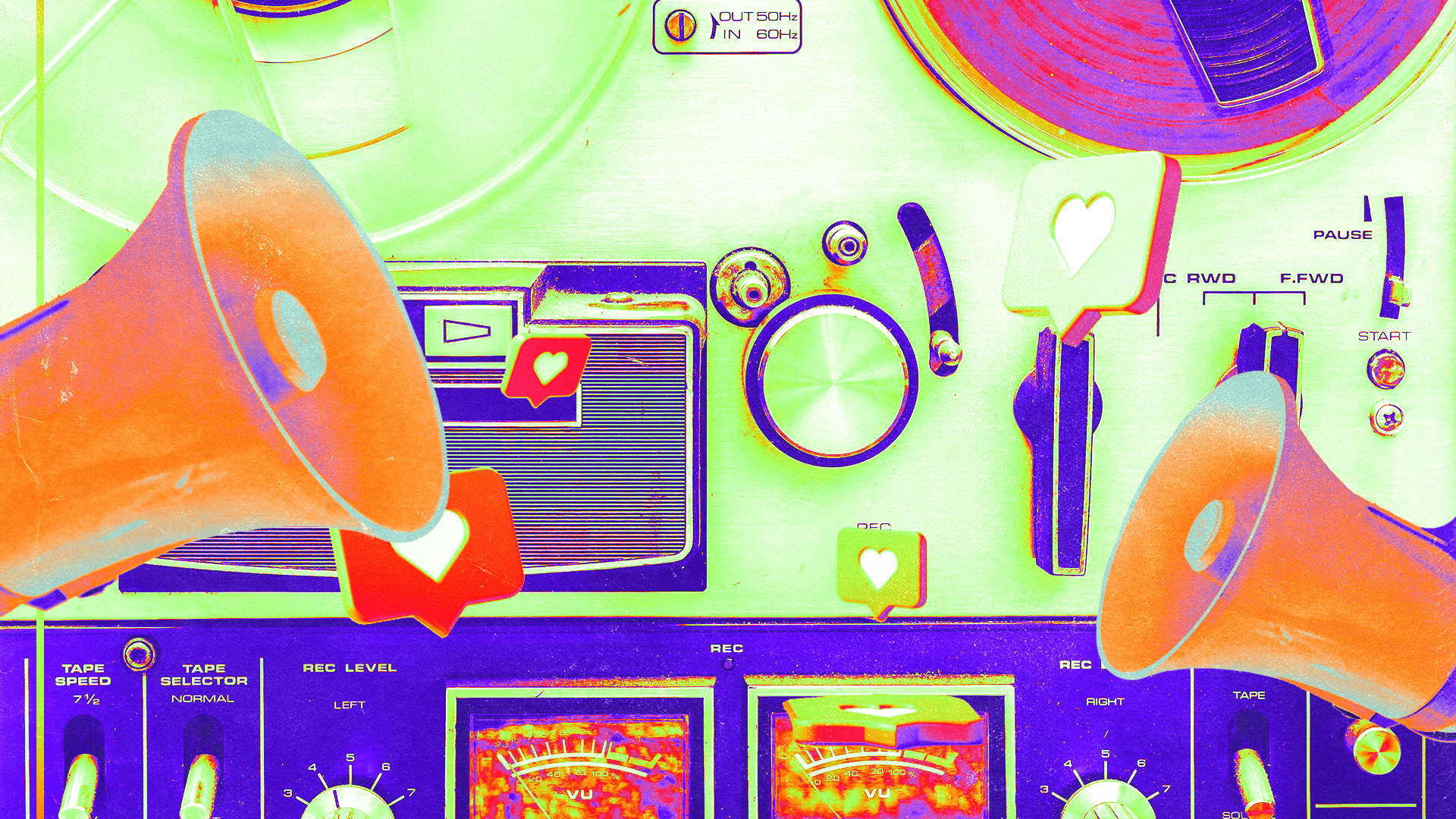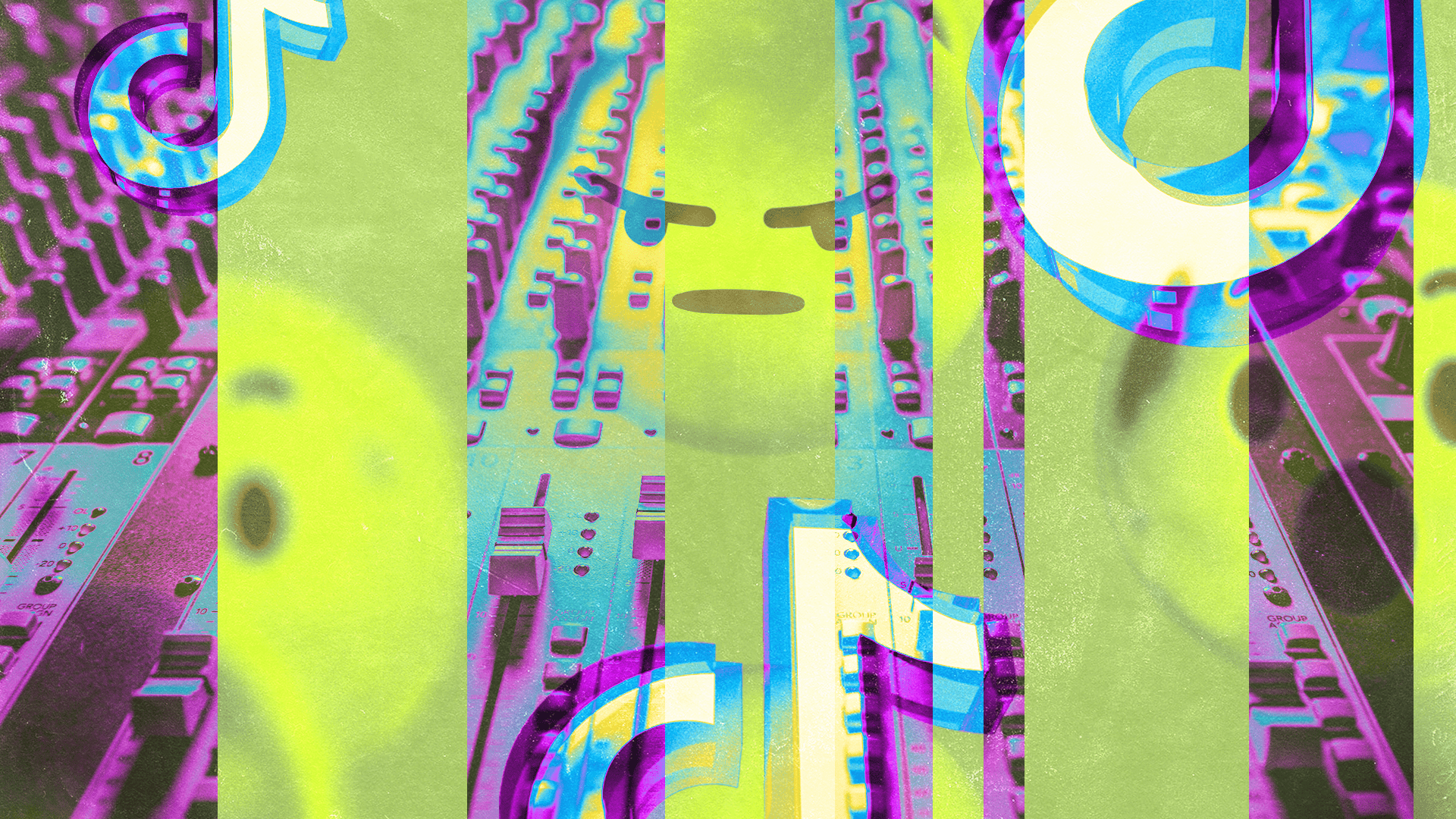
What are Enharmonic Notes & Keys and Why Are They Important?

Enharmonic tones refer to notes that are written differently on the page, but represent the same pitch.
They can cause confusion if you’re new to reading music from a written score.
But there’s nothing complicated about enharmonic tones once you understand how they work.
What’s more, learning to identify enharmonic equivalents makes it easier to sight read and recognize structures in written music.
In this article, I’ll explain everything you need to know about enharmonic tones.
Let’s get started.
What does the word enharmonic mean?
The term ‘enharmonic’ in music theory describes notes that sound the same but are named differently.
Since Western music notation uses the first seven letters of the alphabet in combination with accidentals (sharps and flats) that raise or lower the pitch, it’s possible to create combinations that represent the same pitch class.
For example, the note C sharp (C#) and D flat (Db) are enharmonic equivalents – they sound identical but are written differently depending on the musical context.
Enharmonic equivalents can come in the form of notes, keys or chords.
Just like the above example, The keys of C# and Db Major and enharmonically equivalent. But it’s a big difference in how they’re written! C# has six sharps while Db Majoro contains five flats.
You may find one much easier to read than the other!
Enharmonic keys
Enharmonic keys are pairs of key signatures that sound the same but are written differently. For example, the key of G flat major and F sharp major are enharmonic.
They both consist of the same pitches but are notated differently. G flat major is typically written with six flats, while F sharp major is written with six sharps.
Since the notes of each key are equivalent, the choice to write in one enharmonic key or another belongs to the composer.
So how do they decide which? As I mentioned above, one key may feel more familiar or comfortable for playing or notation.
But depending on the other keys or chords used in the composition, it may make much more sense to use an enharmonic spelling for the key.
Consider a piece that modulates to the fifth of the original key for its second movement. To preserve a sense of harmonic continuity, the new key usually keeps the same letter spelling as the fifth in the original key.
So a modulation from B Major would go to F# Major instead of Gb major, since B major contains an F#.
Even though the keys of Gb and F# are enharmonic to each and this modulation would sound the same—it’s much less confusing to sight-readers to stay in a key with sharps, than to change over to a key with flats.
This is a simple example, but other scenarios when context decisions relating to enharmonic notes exist when certain chords and scales are used.
How to recognize enharmonic spellings
If you know how to recognize enharmonic spellings when you see them, you’ll find it easier to read standard notation.
Here are 6 tips to help you recognize and identify enharmonic tones, chords and keys.
1. Know your scales
Knowing your scales will give you the background you need to recognize enharmonic tones and keys by sight.
It may sound like a chore to practice, but playing through all 12 keys and learning their key signatures is important for all musicians.
Once it clicks, it clicks—and you’ll easily recognize enharmonic spellings when they show up in the score.
2. Context Matters
Pay attention to the key signature and the surrounding notes. The spelling of a note often depends on its harmonic and melodic context.
3. Interval Recognition
Understanding intervals, the distance between two pitches, can aid in determining whether a note should be a sharp or a flat.
4. Practice Sight Reading
Regular practice in reading music will naturally improve your ability to identify enharmonic equivalents quickly.
Perfect enharmony
Enharmonic equivalents are a simple concept once you understand the basics.
It’s one of the quirks of the musical notation system that can be annoying at first, but it shouldn’t hold you back.
If you’ve made it through this article, you’ll understand everything you need to know about enharmonic tones.
Gear guides, tips, tutorials, inspiration and more—delivered weekly.
Keep up with the LANDR Blog.


